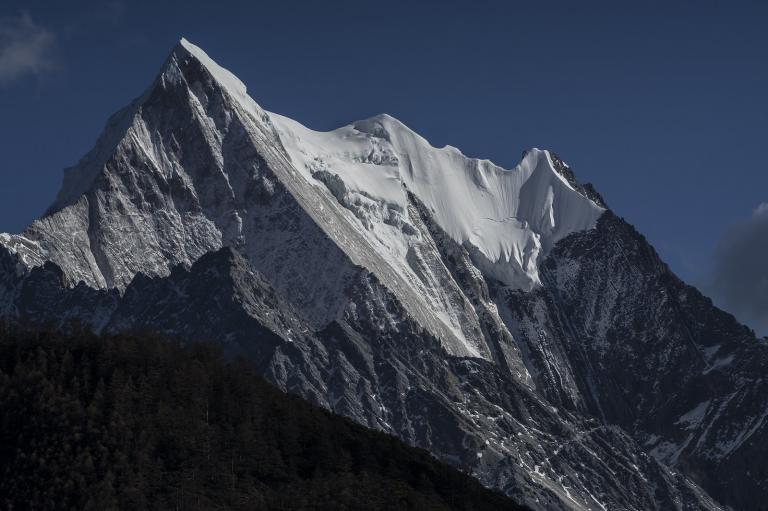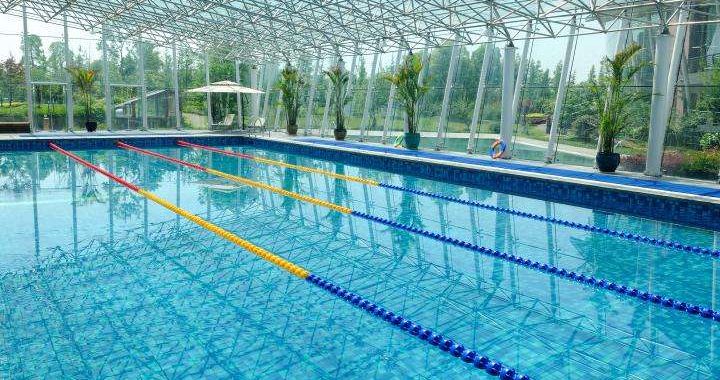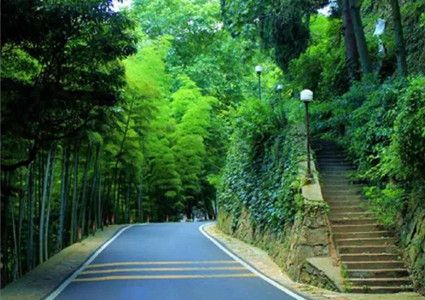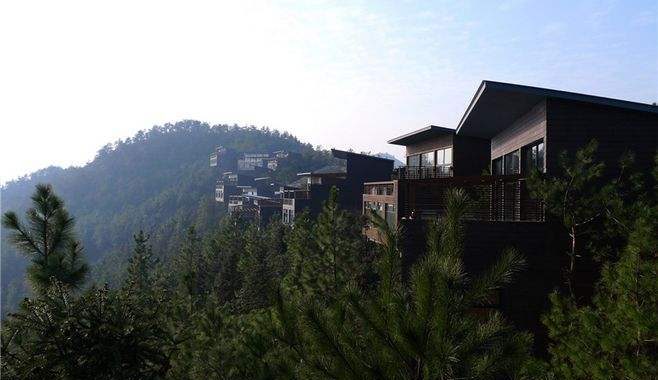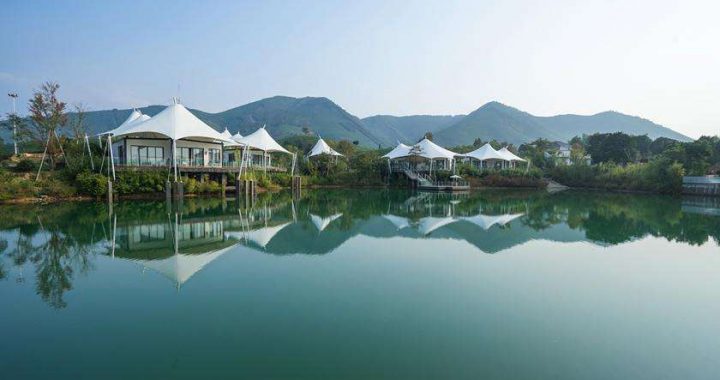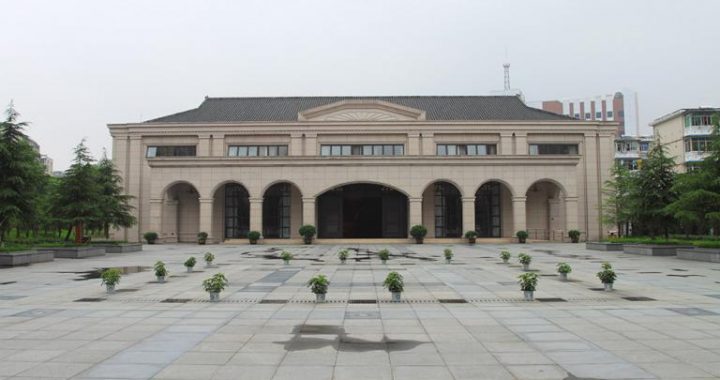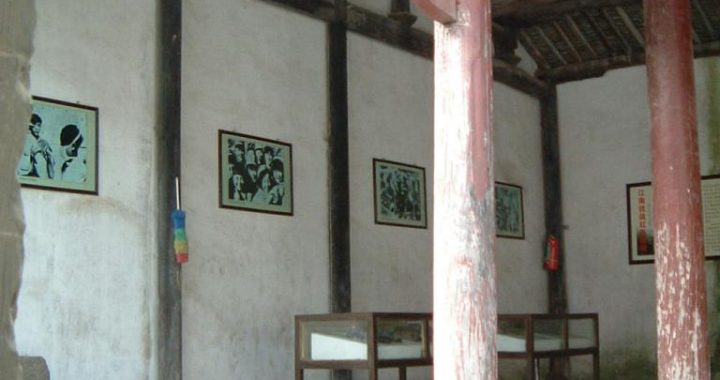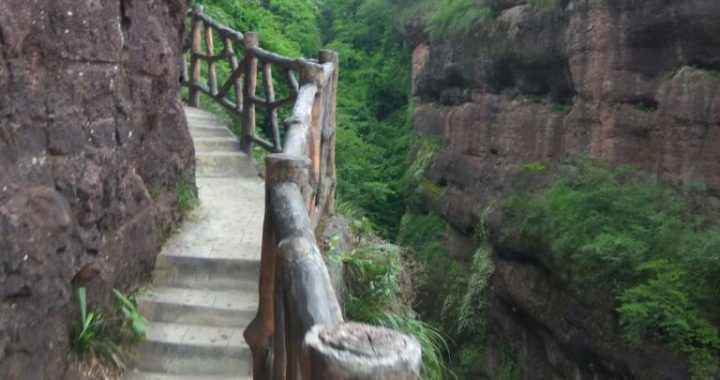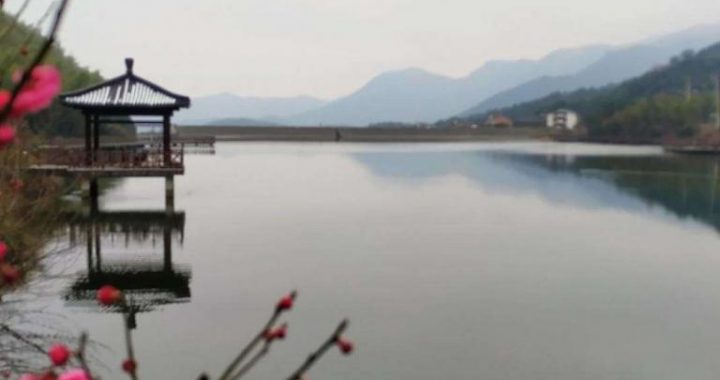Daochang Mountain
3 min readSituated about 5 kilometers southward of downtown, Daochang Mountain is a popular tourist spot with an area of 8 square kilometers, and 210.7 meters in height. Daochang Mountain, which was once called “Yun Shan”(Cloudy Mountain), belongs to the Tianmu Mountain Range. The beautiful scenery of Daochang Mountain, especially at dawnbreak, was ranked at the top among the eight sights of Wuxing District.
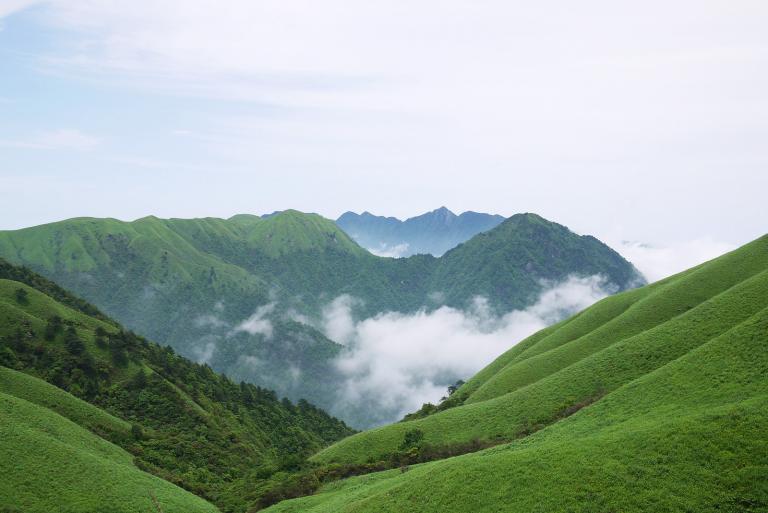
Daochang Mountain is famous for Wanshou Temple and Duobao Pagoda. Wanshou Temple is one of the four ancient temples in Huzhou and the main site for believers of a religion. Duobao Pogoda from the Northern Song Dynasty has been standing upright at the top of the mountain. Since the time of setting up Wanshou Temple in Zhonghe Period(881-884) of the Tang Dynasty (618-907), Daochang Mountain has become a well-known sacred Buddhist site in the southern Yangtze Delta. Wanshou Temple was listed as one of the ten famous temples in the southern China. It had a wide-spread influence on Japanese and southeast Asian Buddhism. Duobao Pagoda was built in the 6th year(1073) of the Xining Period of the Northern Song Dynasty (960-1127), and renovated in the Jiajing Period of the Ming Dynasty (1368-1644) and again in the 19th year (1839) during the Daoguang period of the Qing Dynasty (1616-1911). During the “Cultural Revolution”(1966-1976), Wanshou Temple was almost destroyed except for the Avalokiteshvara Hall. The last large-scale renovation started in 1984 including the rebuilding of the Hall of Great Buddha and the Depository of Buddhist Sutra.
Many historical relics and remainders can be seen when tourists go along the well paved steps leading up to the gate of the temple from the foot of the mountain. They can find every other slabstone is carved. The carvings present different patterns in water lilies, lotus leaves, lotus flowers, and lotus seeds. If tourists want to go to the pagoda, they have to walk further up on the rugged mountain path. Tourists may feel a little tired but a panoramic view of Huzhou city proper can be got on the top of the mountain.
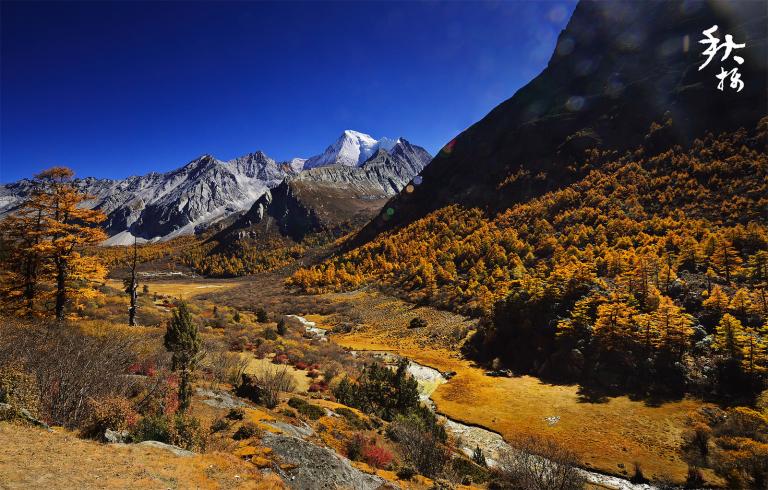
Daochang Mountain has nine sights. They are Fuhu Rock(Tiger Lying Rock), Hubao Quan(the Spring Dug by a Tiger), Baibu Shi(One Hundred Paces Stone), Guiyun An(Nunnery), Yaoxi Chi(Jasper Pond), Ganquan Ting (Pleasant Spring-water Pavilion), Haitian Ge (Sea and Heaven Pavilion), Wanghu Ting(the Pavilion for Viewing the Lake), and Duobao Pagoda. The most attractive is the seven-storey Duobao Pagoda in the shape of octagon with 33 meters in height. It is honoured with another name, popularly known as Wenbi Ta. The rumour has it that there had been no “Number One Scholar”from Huzhou before the pagoda was set up.
“Number One Scholar”was the title conferred on the best one who showed the brightest literary talent in the highest imperial examination. Strange to say, the very year that the pagoda was completed witnessed the first Number One Scholar from Huzhou in history. Since then, more examinees from Huzhou ranked first in the imperial examinations. So it has been commonly called Wenbi Ta, namely, Literary Pagoda. The top of the pagoda is made of cast iron and embellished with some decorations that resemble the covered alms bowls, precious pearls, upward lotuses, rings, covers, upward moons and gourds, etc. Some other historical relics lie around the temple including pavilions, wells, and inscriptions. They are Xiaoyue Pavilion, Aishan Pavilion, Yanggao Pavilion, Yiwan Pavilion, and the Qinian stone tablet from the initial five-year of the Yuan Dynasty, the Drawing of Daochang Mountain from Guangxu, and so on. The ruins of the ancient Wanghu Pavilion and the surviving remainder of Haitian Pavilion can be still viewed on the mountain.
